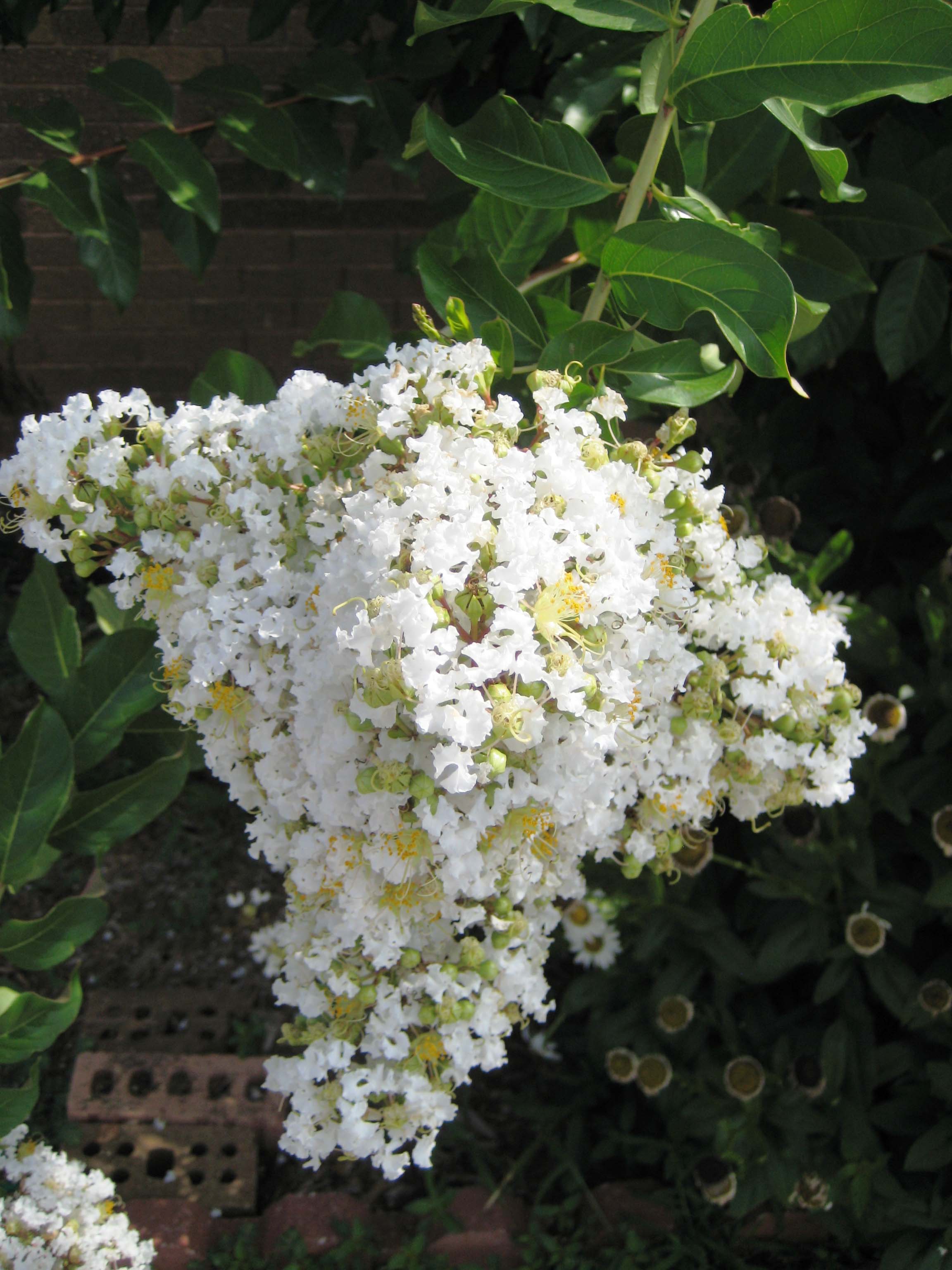Remember the lyrics of that Ira Gershwin standard that debates "You like tom-a-to, I like tom-ah-to?"
Similarly, there is the gardening camp that prefers "crepe" myrtle ("Southern Living"), those who adhere to "crape" myrtle ("Better Homes and Gardens") while the United States National Arboretum defaults to "crapemyrtle" when not using its botanical name "Lagerstroemia."
But no matter how they are spelled, crape myrtles are hardy summer bloomers that all gardeners agree can take the heat.
"Crape myrtles are the stars of the summer garden," says Scott Drucker, owner of Dream Gardens landscape design and installation in Chattanooga. "They can be used for a pop of color. They are sculptural, with a beautiful structure to them, and they are so versatile.
"As a plant, they now come in minis that are the size of a 2-foot shrub. You might have heard of dwarf crape myrtles, which grow to 3 or 4 feet, but the mini is even smaller," he says.
Crape myrtles are known for their colorful, long-lasting summer blooms. The weight of those flowers bend the sinewy branches into an outward-arching canopy of color. For that reason, Southern gardeners tend to choose taller varieties of crape myrtles to layer above perennials in their gardens or shrubbery in the yard.
"They are a pretty inexpensive flowering tree," says Beth Painter, co-owner of Hixson's Green Thumb Nursery with husband, Ray. "Technically, a crape myrtle is a shrub, but most people think of them as trees because they train them to grow that way."
Painter and Drucker agree that the Natchez white crepe myrtle is the favorite of local growers. The Natchez can grow as tall as 30 feet, so Painter stresses that homeowners must do their research before buying. Know how tall a favorite variety of crape myrtle will grow before planting it near the house.
"When you plant a little 4-foot shrub on the corner of the house, 20 years later you may have issues. Be sure you know its maximum size, plant it in an area with predominantly sun," she says.
PREVENTING CRAPE MURDER
Painter and Drucker both say - emphatically - that homeowners should never cut a crape myrtle back with a chainsaw after blooming season. The shrub should never be lopped back in mass, but shortened 2 or 3 feet at the top branches in late winter with hand pruners.
"Prune back for looks; do not just chop it all off at a 4- or 6-foot height," stresses Painter. "I call that the chainsaw massacre."
"Don't butcher them," says Drucker. "That's 'crape murder.'"
Drucker adds that homeowners can encourage two bloomings in one season by pruning spent blooms.
"Some people like the look of the seed heads, others don't and cut them off," he explains. "Or you can leave them and let the seeds fall off and it won't hurt the crape myrtle."
Painter also has advice for training a new planting in to a tree.
"Crape myrtles naturally grow like a shrub: they come up from the bottom," she explains. "Once the crape myrtle is planted, decide which three main trunks you want to cultivate, then keep all other trunks sheered of foliage. As it grows, the diameter of those three trunks will increase, which makes them stronger to hold new foliage the next year.
"Prune for looks. Cut the tree back no later than the end of February or you affect the blooming cycle."
Contact staff writer Susan Pierce at spierce@timesfreepress.com or 423-757-6284.


